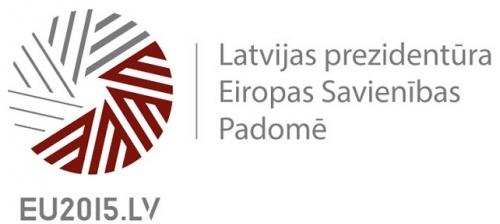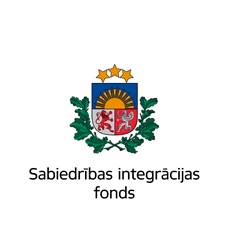 What was the problem?
What was the problem?
The region “Kempen and Maasland” is located in the Province of Limburg in the North-East of Belgium (Flanders). It covers 12 municipalities and is a rather densely populated region, with 300.000 inhabitants in an area of 75.000 ha. Nevertheless, about 30% is officially designated as natural area, with high biodiversity values. A local NGO “Regionaal Landschap Kempen en Maasland” (RLKM) was convinced that the available nature and biodiversity was an important asset for the region, and that it could provide an important opportunity for sustainable regional economic development.
What was done to solve it?
• Cycling network: The first activity was the invention, development and implementation of an attractive cycling network. The aim was to reconnect people to nature and to increase awareness for biodiversity, while generating economic benefits to the region.
• Establishment of a National Park: In March 2006, a next milestone was achieved by the creation of Belgium’s first National Park, the “Hoge Kempen” National Park. Suddenly, the protection of biodiversity got a new facelift, and nature protection was uplifted to a higher (inter)national standard. A number of activities were undertaken, such as: implementation of recreation infrastructure which was sensitive to biodiversity values, establishment of new attractive gateways around the national park, establishment of nature-education centres, building of 3 eco-ducts, and nature improvement.
What is the result in terms of ecosystem services provision?
In the first year of the park establishment, approximately 700.000 people came to visit the Hoge Kempen National Park. But what is even more important is that the Hoge Kempen National Park proves that conservation of biodiversity can be achieved together with communities and that it can lead to sustainable tourism and recreation.
What was necessary for the project to be successful?
First of all, municipalities were closely involved from the beginning. The close cooperation with local and national politicians and with civil society organisations made the political decision to establish the Park easier. Secondly, the project not only led to nature improvement, but also to the provision of to multiple ecosystem services which are useful for several stakeholder groups. This increased the public support for the project.
The national park also led to improved opportunities for environmental education, development of local products (e.g. limestone necklaces, national park sweets), and to the strengthening of local identity (‘sense of place’). Sustainable wood harvesting is still taking place in the park, and some non-timber forest products (e.g. mushrooms, berries, wild honey) are being collected. Finally, the forest and heath vegetation also contribute to regulating ecosystem services, such as carbon sequestration, water and air quality improvement, and groundwater recharge.
Information prepared within the project "Non-governmental sector participation in the international conference" EU Biodiversity strategy implementation "" financed by Latvian national budget-funded program "Support for public participation in the Latvian Presidency of the Council of the European Union implementation" and administered by the Society Integration Foundation.

